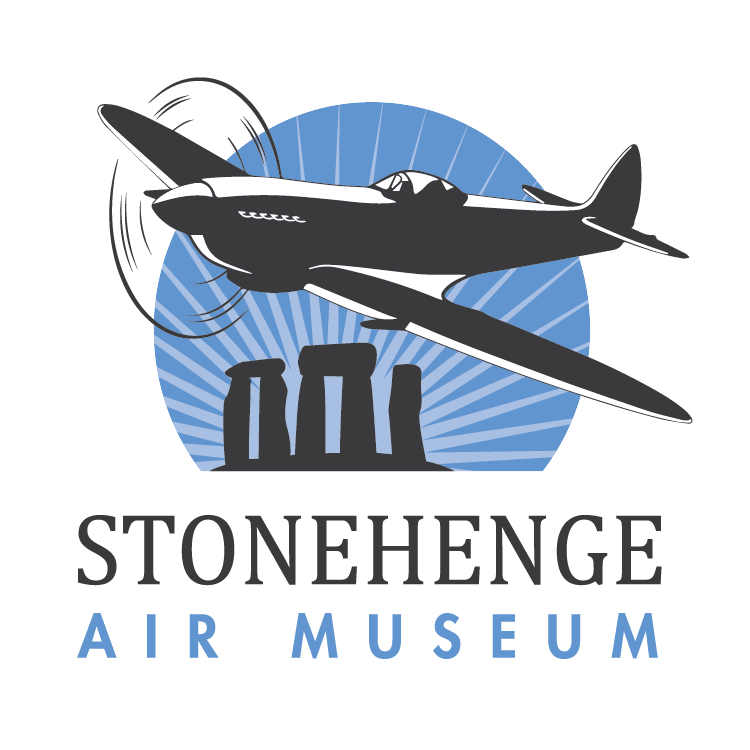1940 Piper J3L-65 “Cub”
The Taylor E-2 Cub first appeared in 1930. Built by Taylor Aircraft, the E-2 was meant to be an affordable aircraft that would encourage interest in aviation. When the company went bankrupt later that year, William T. Piper, an industrialist and investor in Taylor Aircraft, bought the remaining assets but kept founder C. Gilbert Taylor on as president. Six years later, while Taylor was on sick leave, employee Walter Jamouneau made significant alterations to an earlier model Cub and named it the J-2. When Taylor saw the redesign, he was so incensed that he fired Jamouneau. Piper, however, had encouraged the changes so he fired Taylor, hired Jamouneau back and the Piper Cub went on to achieve legendary status.
The outbreak of hostilities in Europe in 1939, coupled with the realization that the United States might soon be drawn into World War II, resulted in the formation of the Civilian Pilot Training Program (CPTP). The Piper J-3 Cub became the primary trainer aircraft of the CPTP and played an integral role in its success. 75 percent of all new pilots in the CPTP (from a total of 435,165 graduates) were trained in Cubs. By war’s end, 80 percent of all US military pilots had received their initial flight training in Piper Cubs.
The Piper L-4 Grasshopper of WWII was the military version of the J3 Cub. Some went to liaison squadrons but the vast majority went to the US Army for use as spotters directing the Field Artillery. Unlike most other combat aircraft, the L-4 was unarmed and unarmored.
It was one of the smallest aircraft of WWII and, with a cruising speed of only 75 mph, it was the slowest. Nevertheless, it has been claimed that a single L-4, directing the fire-power of an entire Division, could bring a greater weight of explosives to bear on a target than any other aircraft of that period. With the exception of the atomic bomb-carrying B-29, no other aircraft had the destructive capability of the diminutive L-4. It was most widely used in Europe, where more than 2,700 served with the Field Artillery. So successful was the L-4 that its military use continued on through the Korean War and even into the Vietnam War era.
The last aircraft shot down in the Western European Theatre of WWII was shot down by two Lieutenants in a Piper L-4 firing their .45 caliber pistols out of the window at a German Fieseler Storch observation plane. The American airmen landed, treated the Germans’ wounds and took them prisoner, turning them over to a nearby army column.
The aircraft on display was built by Piper in 1940 and used as part of the Civilian Pilot Training Program during WWII. This aircraft was acquired by Jim Smith in 1995.


